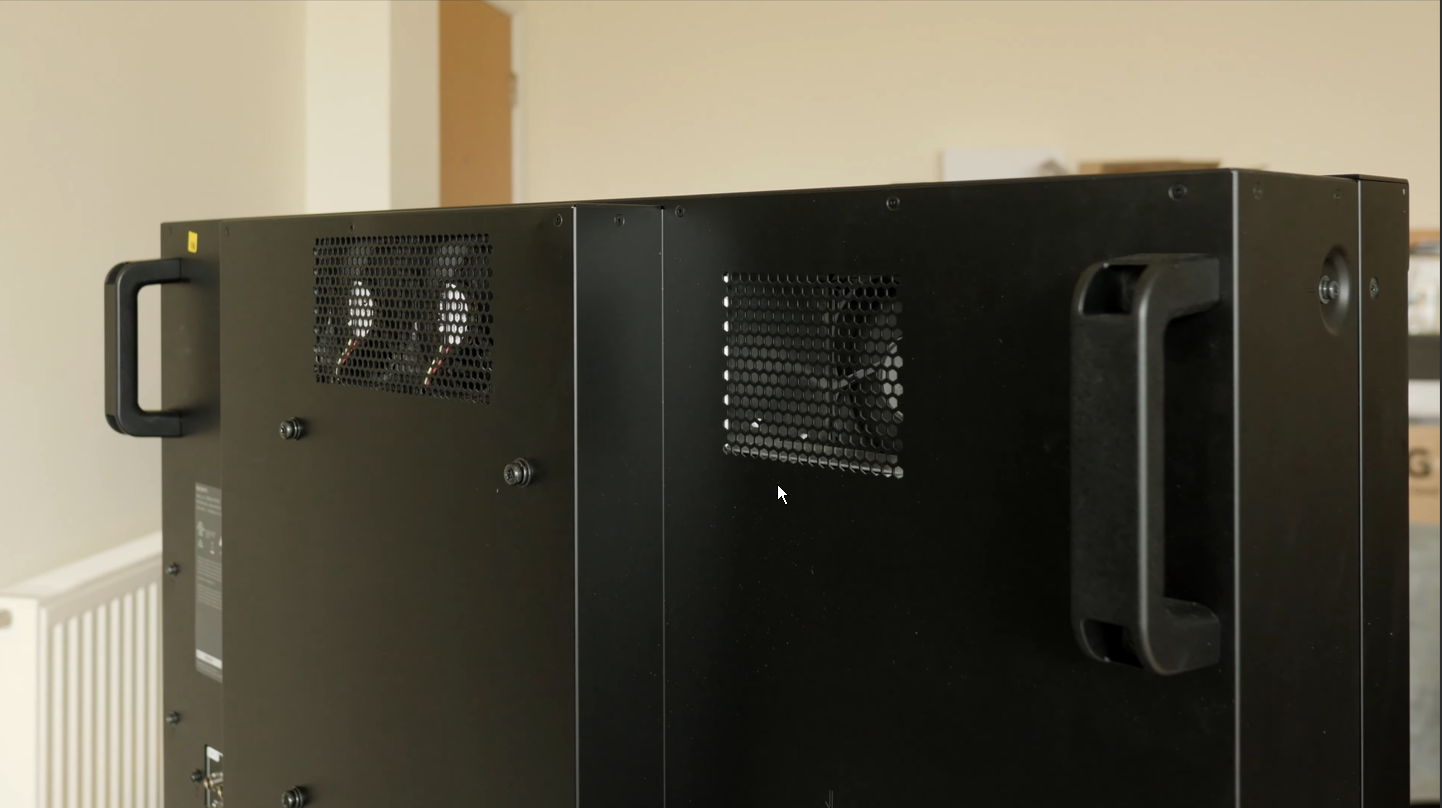elvn
Supreme [H]ardness
- Joined
- May 5, 2006
- Messages
- 5,303
One 1080p pixel per every four of a 4k array is the finest pixel size ratio backlight I've heard of outside of microled. The ability to tone the monochrome backlight layer at a 1080p pixel level would be nothing to shrug at. The ability to turn that pixel layer "off" with another layer of light filtering yields a quoted .0003 black depth. .0003 is very, very black. Normal LCDs are around .14 black depth so that is 467 times darker. That while getting ~ 3000nit HDR color volume since it's not shackled down low by burn in risk safety features like OLED. They will be using a quantum dot color filter also. Of course it's tech could have it's own visible idiosyncrasies and the power draw and heat could be quite huge even though I'm not a low power zealot.
--------------------------
So 600nit OLED is something like
350nit SDR color + 250 higher nit color* capability
(*white pixeled and varying - reflexively toned down from higher than 600 peak back to 600 via ABL)
1000nit is SDR +650 greater color volume capability
1800nit is SDR + 1450 greater color volume height capability
2900nit is SDR + 2550 greater color volume height capability
---------------------------
That's the obvious gain for this tech potentially.. getting very very deep blacks, so near pixel level backlighting to make difference negligible, while getting 3000 nit HDR color volume and no oled burn in risk color nit governors or oled aging.
------------------
Side note . I have several glossy displays. Glossy looks so good. I hope the dell alienware OLED 55" gaming display is glossy as well.. I'd assume so.
VA .. I own several from 3000:1 gaming, 5000:1 4k desktop, 7800:1 to 13000:1 FALD one. A non-FALD ips' black levels are like .13 - .14 and have like 900:1 contrast ratio. I'll never go back to that but I'm not interested in a ~ 13" tall FALD g-sync IPS that lacks hdmi 2.1 for $2000+ either.
Considering HDR pc gaming is not ubiquitous yet, the 55" Dell Gaming OLED could be a contender for right now if the price is expensive rather astronomical to my perspective. But in the following years while still waiting on MicroLED to be in the same position, a dual layer LCD could fit the bill and blow the color volume ceiling up nicely while maintaining very deep black levels.
--------------------------
So 600nit OLED is something like
350nit SDR color + 250 higher nit color* capability
(*white pixeled and varying - reflexively toned down from higher than 600 peak back to 600 via ABL)
1000nit is SDR +650 greater color volume capability
1800nit is SDR + 1450 greater color volume height capability
2900nit is SDR + 2550 greater color volume height capability
---------------------------
That's the obvious gain for this tech potentially.. getting very very deep blacks, so near pixel level backlighting to make difference negligible, while getting 3000 nit HDR color volume and no oled burn in risk color nit governors or oled aging.
------------------
Side note . I have several glossy displays. Glossy looks so good. I hope the dell alienware OLED 55" gaming display is glossy as well.. I'd assume so.
VA .. I own several from 3000:1 gaming, 5000:1 4k desktop, 7800:1 to 13000:1 FALD one. A non-FALD ips' black levels are like .13 - .14 and have like 900:1 contrast ratio. I'll never go back to that but I'm not interested in a ~ 13" tall FALD g-sync IPS that lacks hdmi 2.1 for $2000+ either.
Considering HDR pc gaming is not ubiquitous yet, the 55" Dell Gaming OLED could be a contender for right now if the price is expensive rather astronomical to my perspective. But in the following years while still waiting on MicroLED to be in the same position, a dual layer LCD could fit the bill and blow the color volume ceiling up nicely while maintaining very deep black levels.
Hopefully it'll be more like a 2yr gap rather than 3 between each tech now. If that were the case it'd be something like:
.. 2019 - 2020 .... OLED hdmi 2.1 /or/ 480 to 1000+ zone FALD hdmi 2.1
..(suffer 600nit 'SDR+250nit' whitewashed ABL limitation of OLED in HDR content or dim/bloom zone offset of lower density FALDs on all content - but with - 2000nit hdr color)
.. 2020 -2022 Dual Layer LCD? - 3000 nit hdr color and. 0003 black depth(suffer large power draw, perhaps some other idiosyncrasy of the tech)
.. 2023 - 2024 = MicroLED available and expensive rather than astronomically priced ?
... 2030+ = AR/VR - hopefully at some point we'll just have clear insane resolution AR glasses that can slap viewing surfaces, virtual objects and characters anywhere mapped in real space.
Last edited:
![[H]ard|Forum](/styles/hardforum/xenforo/logo_dark.png)

